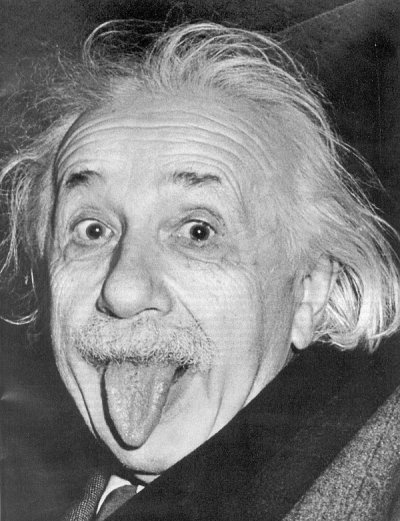The first measurement of time dilation for radioactive particles moving at high speed relative to the earth was made in 1941 by Bruno Rossi and D.B. Hall. We will describe a similar measurement made in 1963 by D.H. Frisch and J.H. Smith(D.H.Frisch and J.H. Smith, "Measurement of Relativistic Time Dilation using μ-Mesons," American Journal of Physics, May 1963, p.342). The experiment involves the detection of muons, which are subatomic particles that are produced in the upper atmosphere and that rain down toward the earth with a speed close to the speed of light. As they Travel downward, some of them spontaneously decay in flight. Consequently, the number arriving at a medium altitude - say on top of a mountain - is greater than the number that survive to reach sea level. In their experiment, Frisch and Smith counted the number of muons having a narrow range of speeds near the peak of Mount Washington, New Hampshire. Then they went down to Cambridge, Massachusetts, and counted the muons that survived the trip down to sea level. The probability that a muon will decay, and thus its mean life, is determined only by forces within the muon itself. Therefore, any dependence of their mean life on their speed relative to us is due only to relativity.
Let's examine Frisch and Smith's findings in detail. The Mount Washington apparatus was set up to detect and stop muons with speed of 99.5% the speed of light. the time intervals between the arrival of a muon in the detecting apparatus and its subsequent decay were measured. Measurements from one run corresponded to a mean life of 2.2 μs. The average number of muons per hour arriving at this detector was 563. The time required for the muons to travel the 1907m from the elevation of the mountaintop to the elevation of the lab in Cambridge, measured with a clock stationary with respect to the lab, is:
How does the observed count of 408 muons per hour correspond to relativity predictions? According to our predictions, 408muons per hour correspond to an elapsed time of only 0.7μs. This means that time runs slower in the frame of reference of the moving muons than in the lab by a factor 0.7/6.4. We can check these results against the prediction of the Time Dilation formula by rearranging that equation for v and substituting for Δt0/Δt:
This experiment confirms time dilation and supports the special theory of relativity. Furthermore, it shows that relativistic effects can become large when the relative speed approach the speed of light. The effect observed here are general effects of relativity and are not limited to the special case of radioactive decay.
Dr. Edwin Jones and Dr. Richard Childers, "Relativity", Contemporary Collage Physics, 2001


.gif)
.gif)

No comments:
Post a Comment